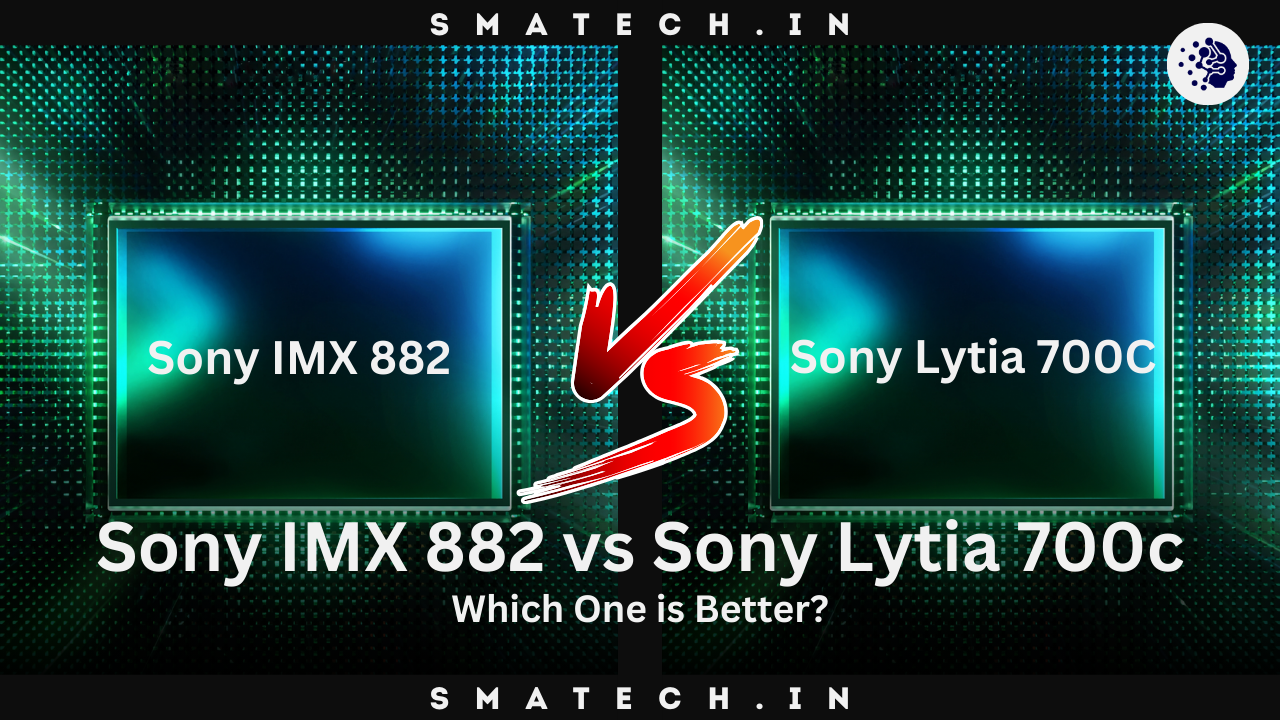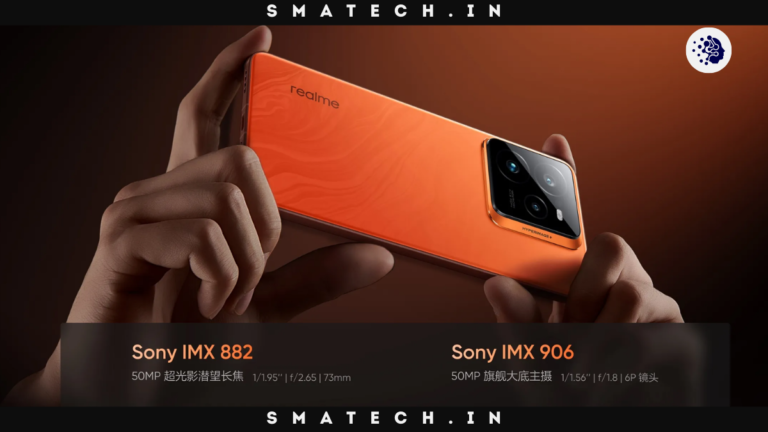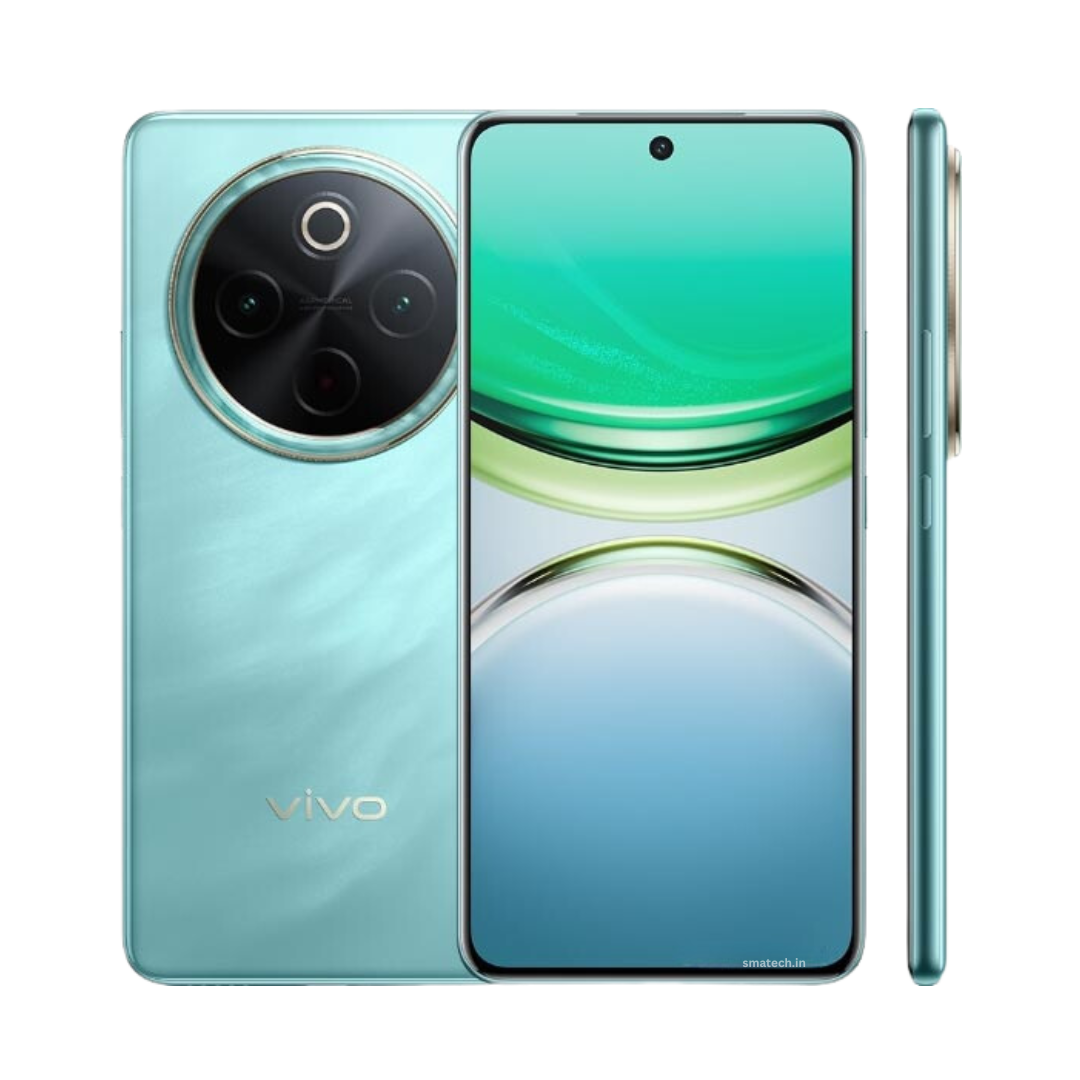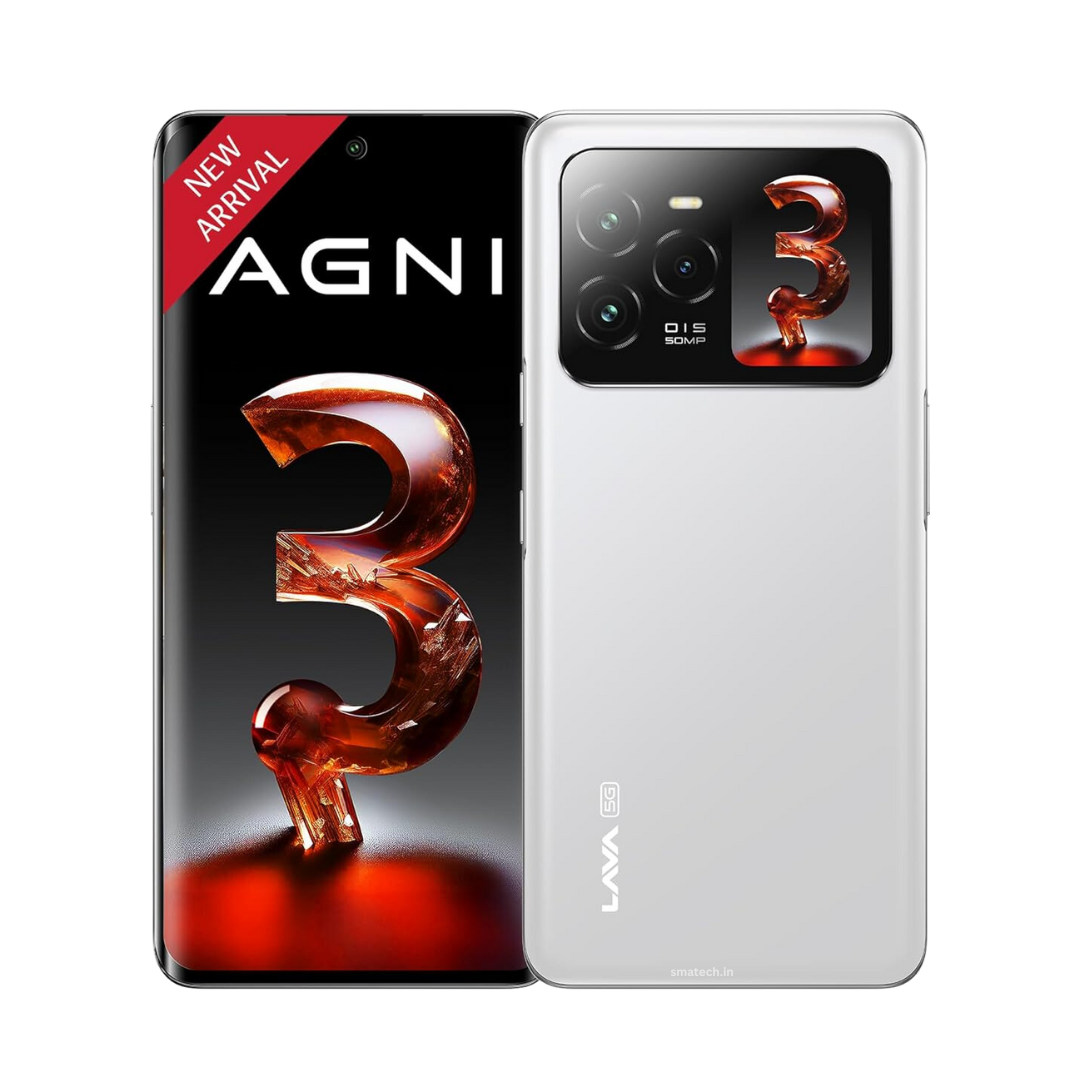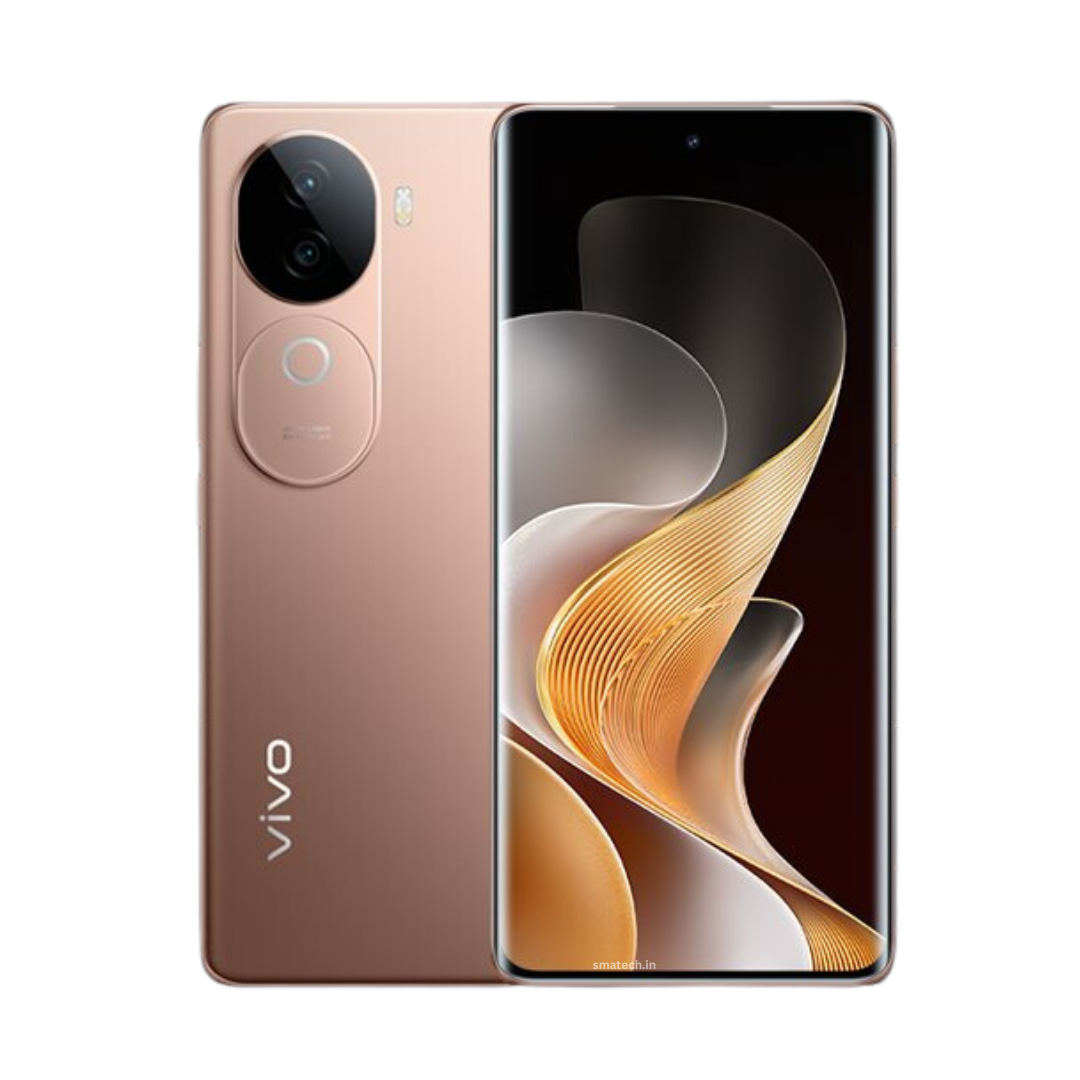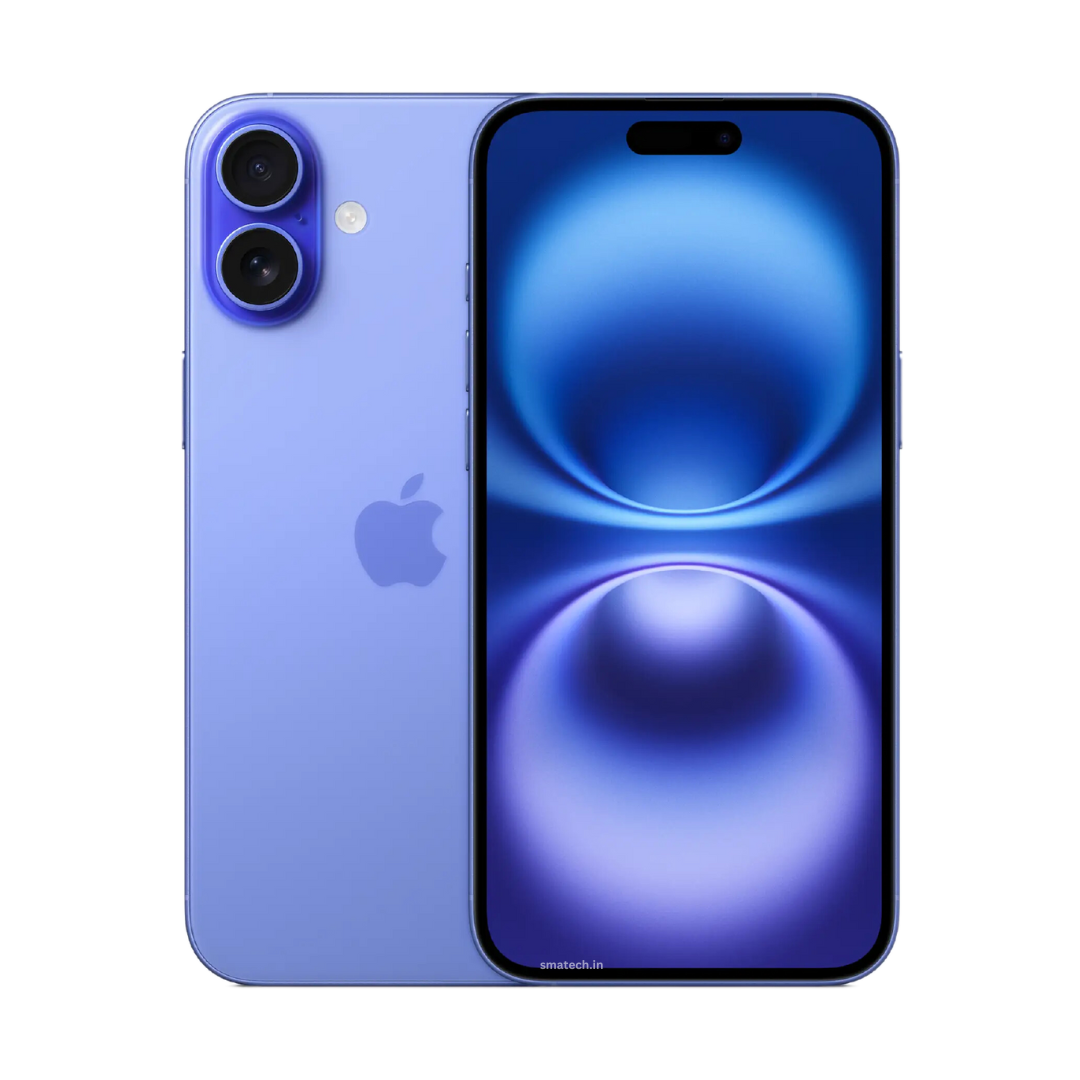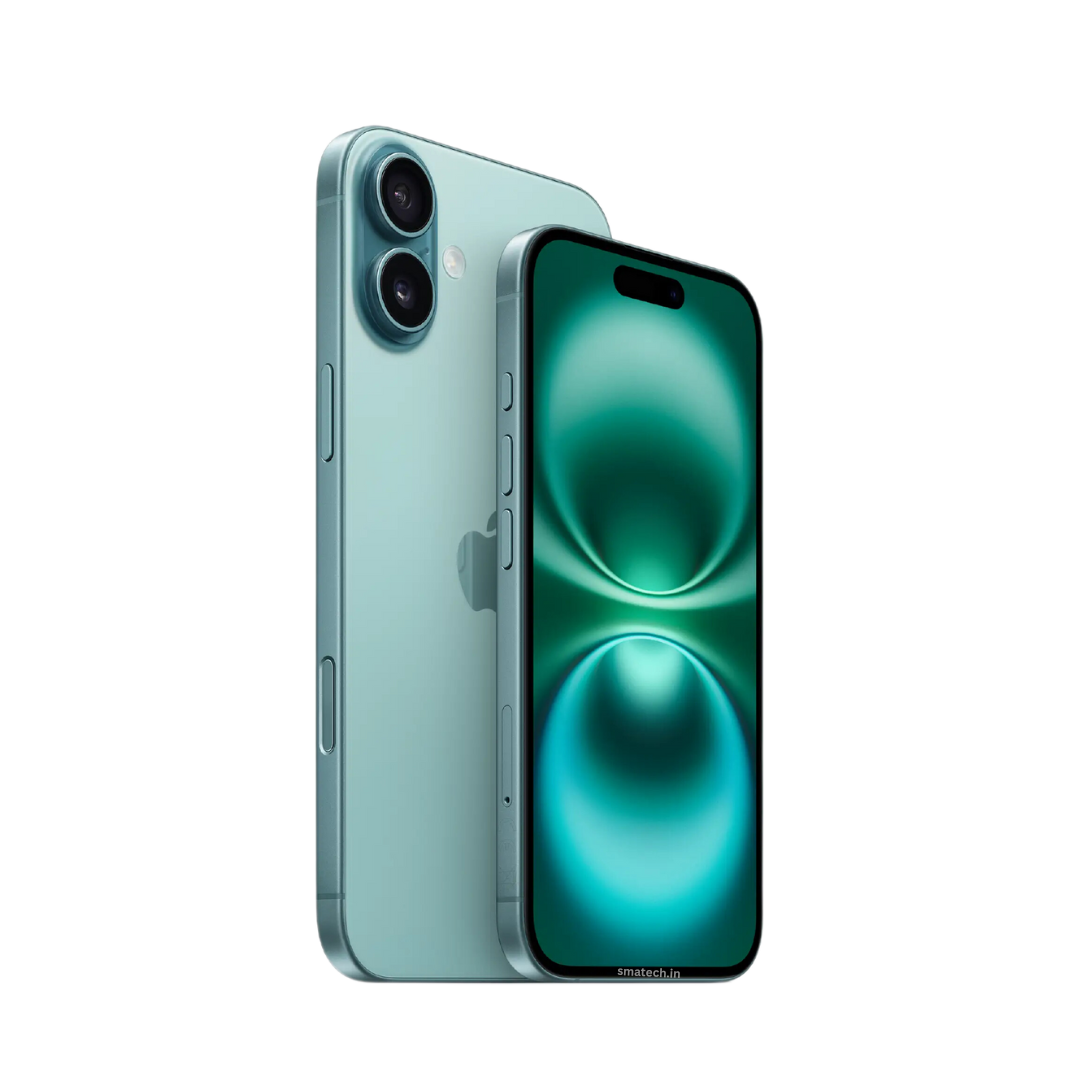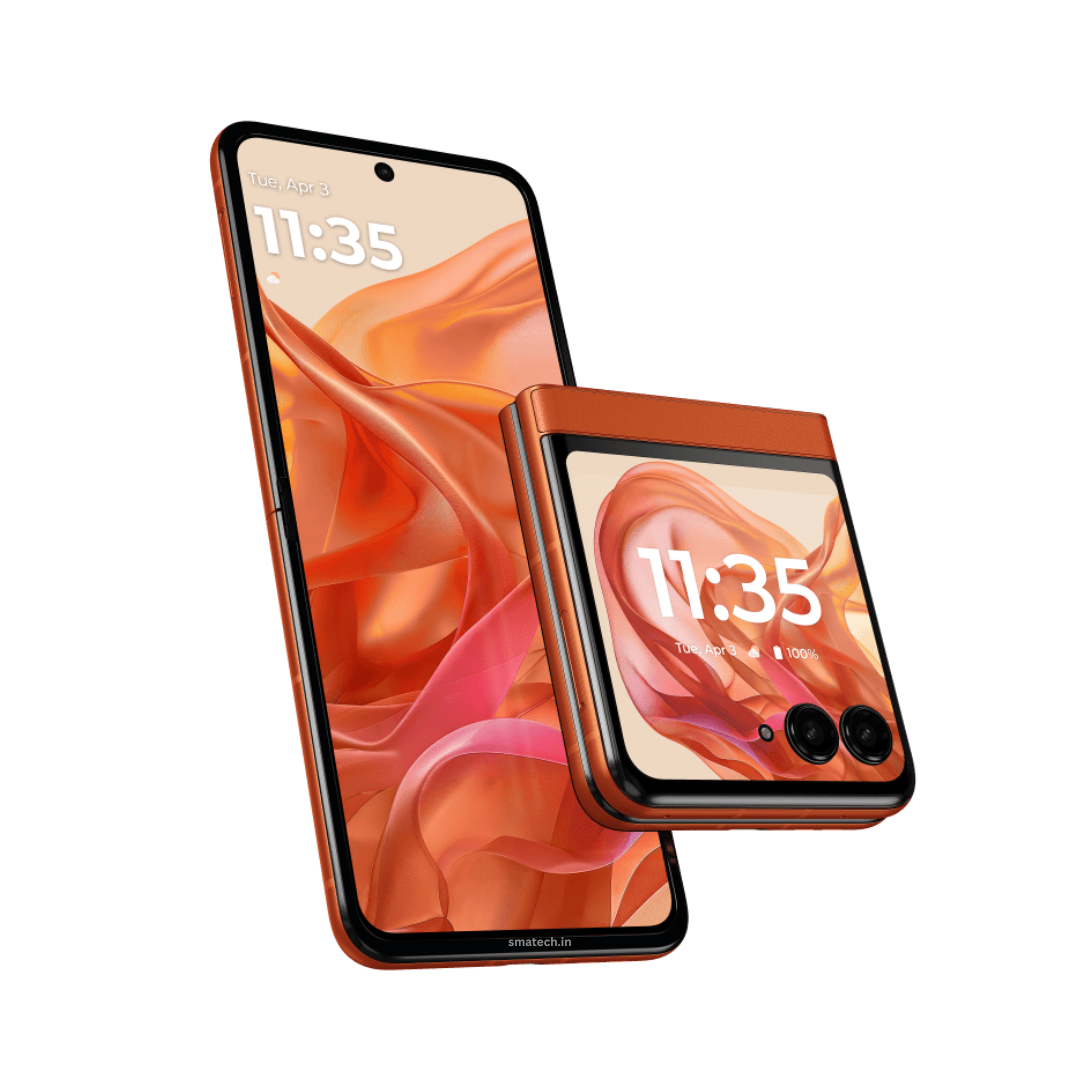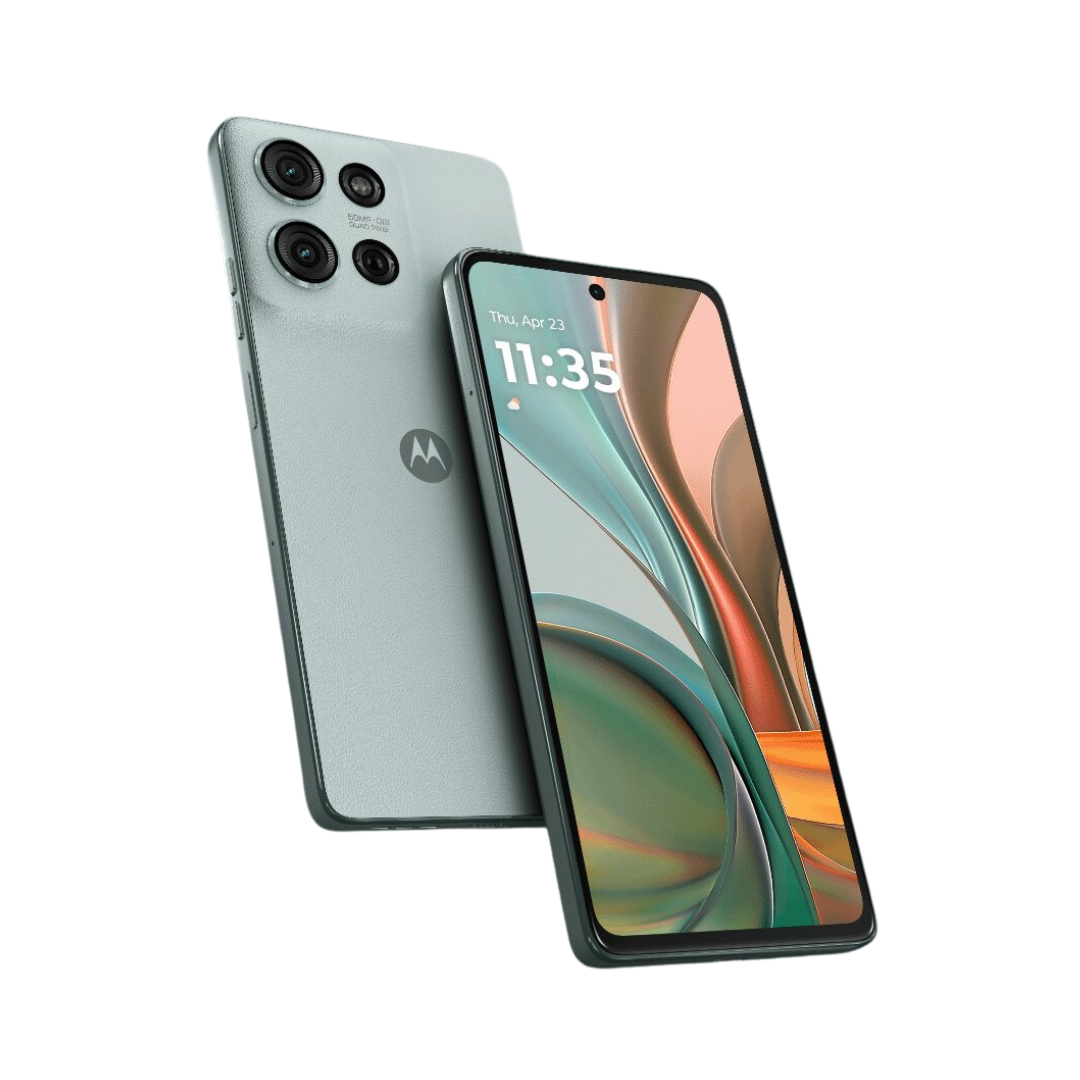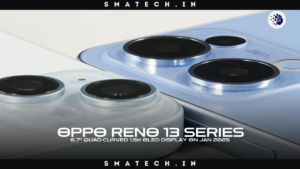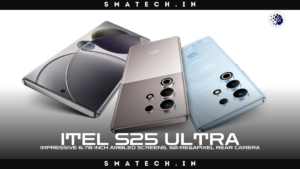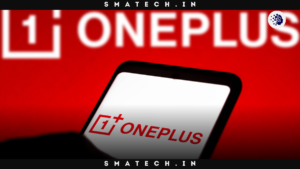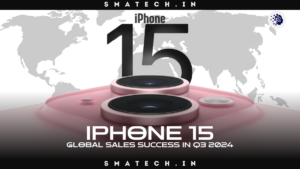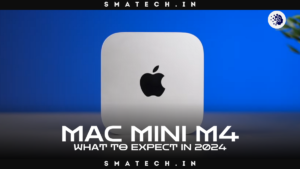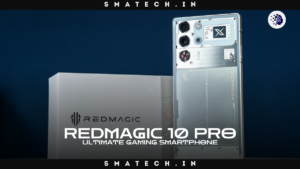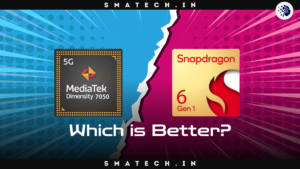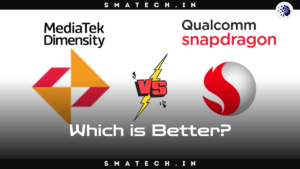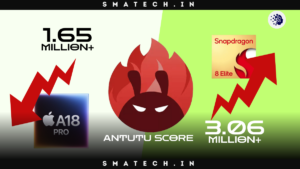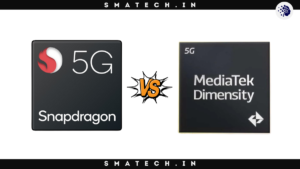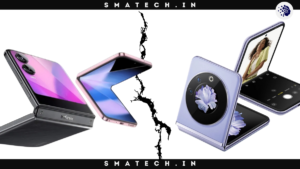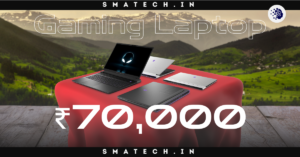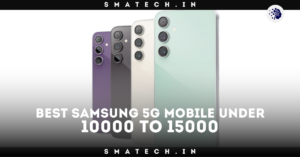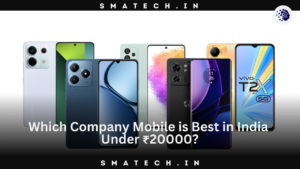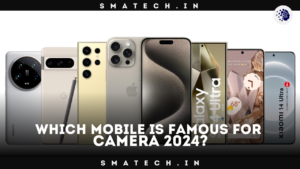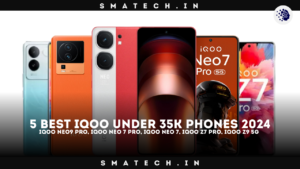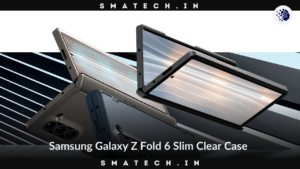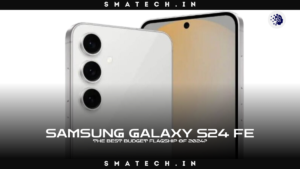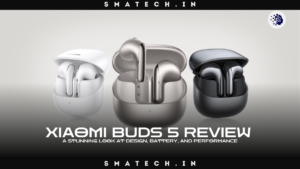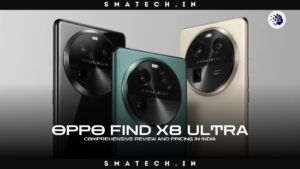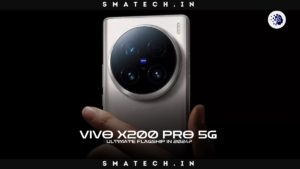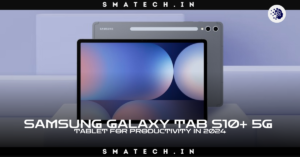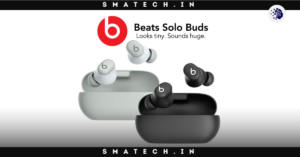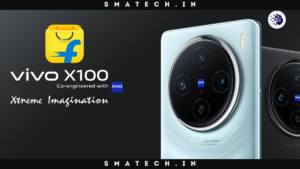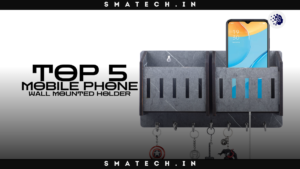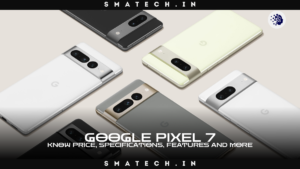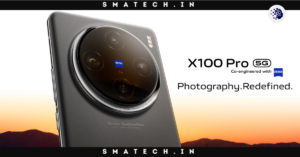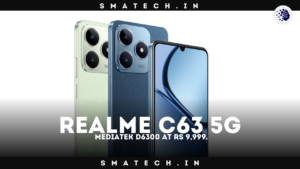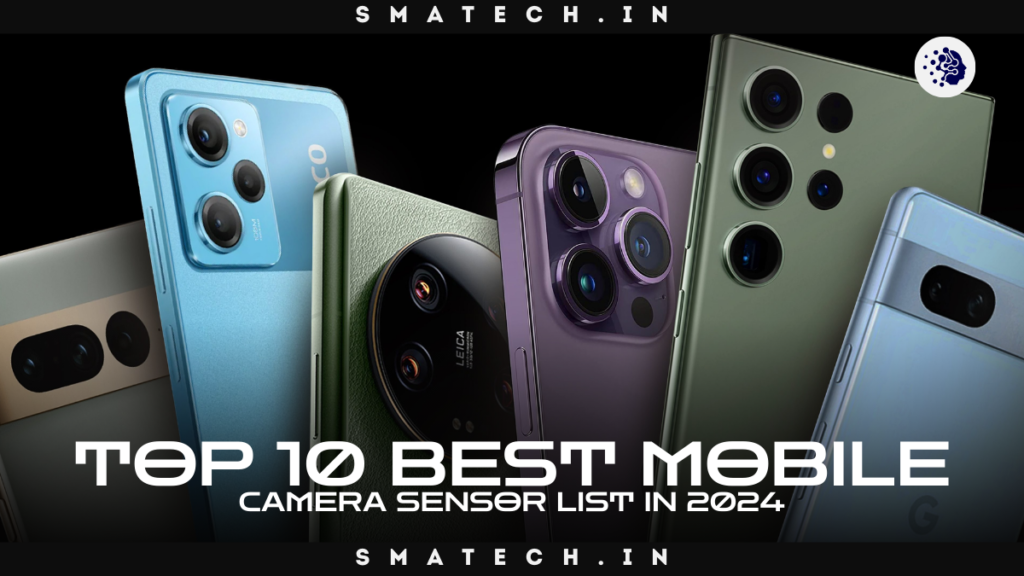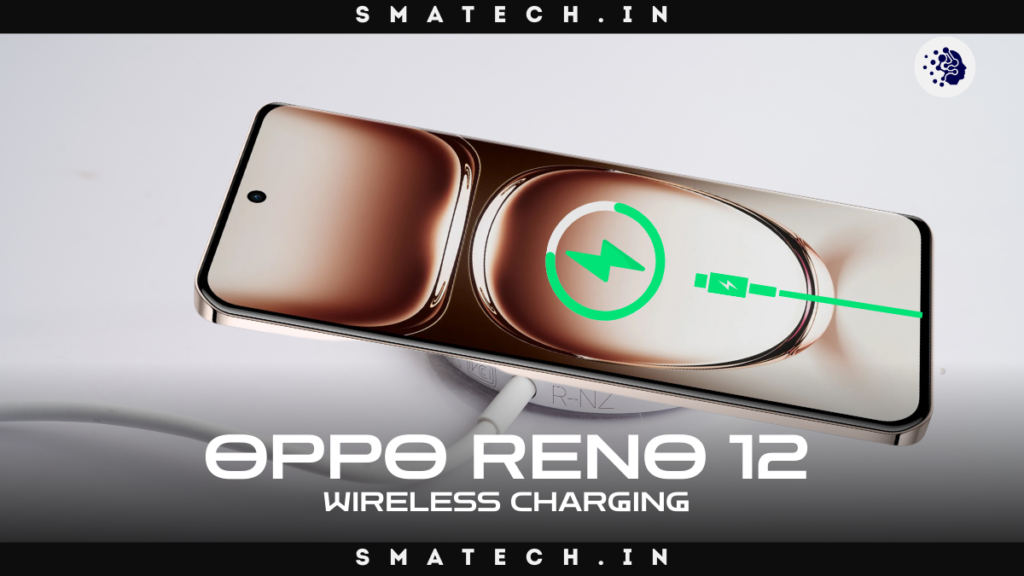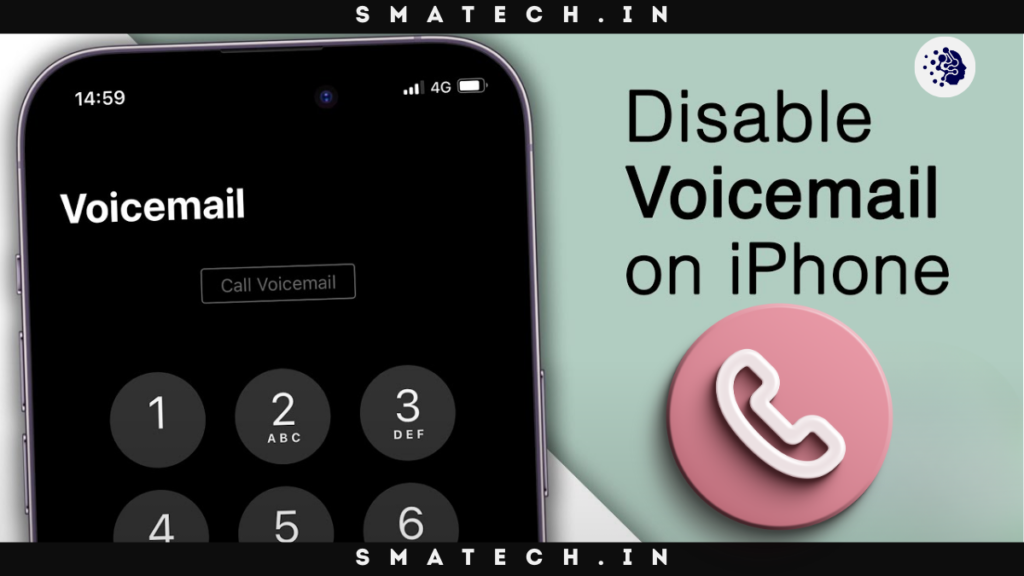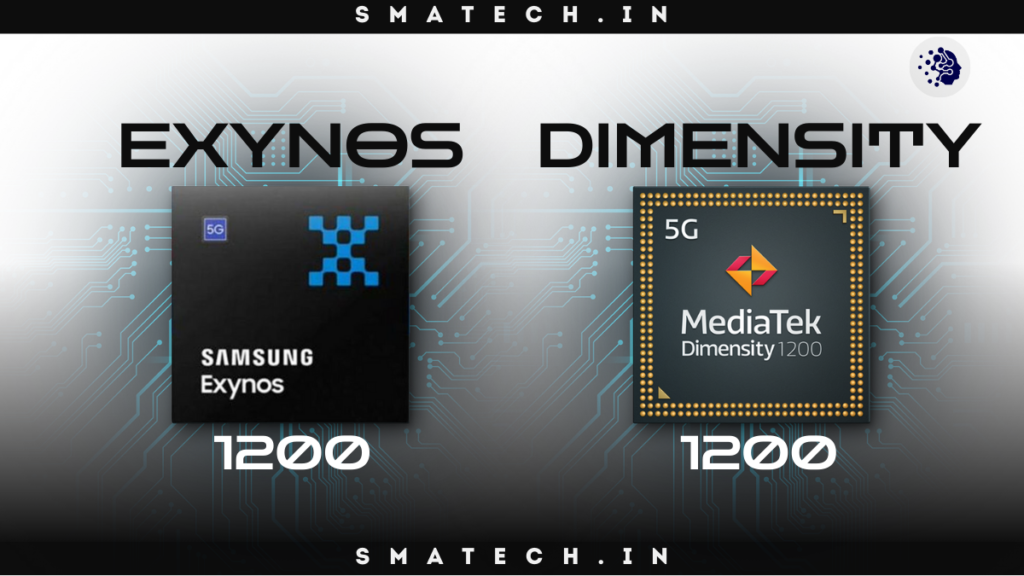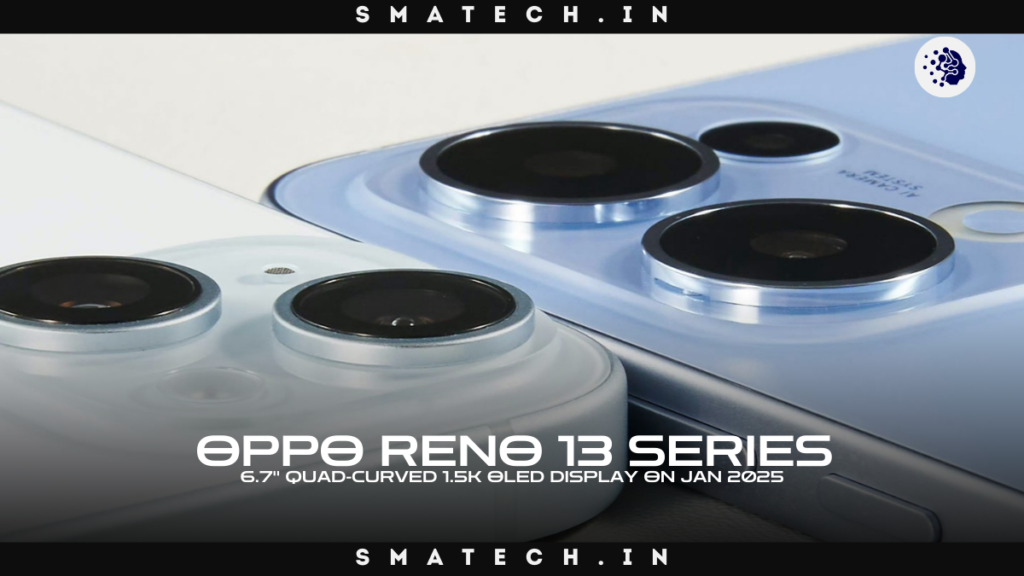Introduction of Sony IMX 882 vs Sony Lytia 700c Which is Better
When it comes to smartphone photography, the type of camera sensor you choose can have a big impact on the outcome. As a pioneer in image technology, Sony debuted the Sony IMX 882 and the Sony Lytia 700c, two of the most talked-about sensors to date. Both sensors have cutting-edge characteristics that could revolutionize smartphone photography. So which is superior? We will thoroughly examine the features, capabilities, and specs of these two sensors in this in-depth comparison to assist you in making an informed choice. Sony IMX 882 vs Sony Lytia 700c which is better.
Understanding the Basics of Camera Sensors
Before we go into the Sony IMX 882 and Sony Lytia 700c specifications, let’s take a moment to review the functions of a camera sensor. A camera’s sensor, which is in charge of taking pictures by turning light into an image, is its brain. The size, resolution, and technology of a smartphone’s sensor have a significant impact on the image quality that it produces. Sony IMX 882 vs Sony Lytia 700c which is better.
Sensor Size and Resolution
The 1/1.3-inch sensor size of the Sony IMX 882 is comparatively large for a smartphone camera. More light can be caught with a bigger sensor, which improves dynamic range and low-light capabilities. Conversely, the Sony Lytia 700c has a 1/1.4-inch sensor, which is marginally smaller. Even while the difference might not seem like much, the IMX 882’s bigger size can be advantageous in some lighting situations. Sony IMX 882 vs Sony Lytia 700c which is better.
The IMX 882 provides an output of 50MP resolution, guaranteeing finely detailed images with rich textures. By contrast, the Lytia 700c employs a 48MP resolution, which is a different strategy. The Lytia 700c has fewer pixels overall but makes up for it with cutting-edge pixel-binning technology that combines several pixels to improve image quality, particularly in low-light conditions. Sony IMX 882 vs Sony Lytia 700c which is better.
Also Read
Pixel Technology and Low-Light Performance
The Dual Pixel Pro technology of the Sony IMX 882 is one of its best features. With this innovation, autofocus speed and accuracy are improved, which makes it perfect for photographing subjects that move quickly. Quad Bayer technology, which merges four pixels into one to improve low-light performance and lower noise, is another characteristic of the IMX 882. Sony IMX 882 vs Sony Lytia 700c which is better.
In contrast, the Sony Lytia 700c offers a special Lytia Fusion Engine. By constantly altering the sensor’s sensitivity based on ambient lighting conditions, this engine is meant to maximize light collection. As a result, the sensor performs exceptionally well in low light conditions, resulting in pictures with improved colour accuracy and less noise. Sony IMX 882 vs Sony Lytia 700c which is better.
Dynamic Range and HDR Capabilities
The term “dynamic range” describes the sensor’s capacity to record information in both the brightest and darkest areas of a picture. In this area, the Sony IMX 882 excels thanks to its HDR+ technology, which combines several exposures to produce a single picture with well-balanced highlights and shadows. This feature is especially helpful in scenes with a lot of contrast, like sunrise or sunset landscapes. Sony IMX 882 vs Sony Lytia 700c which is better.
Outstanding HDR performance is also provided by the Sony Lytia 700c‘s Multi-Frame HDR technology. This approach creates a picture with a large dynamic range by combining many frames taken at various exposures. Although the two sensors function flawlessly in this regard, the IMX 882’s bigger sensor size provides it a little advantage when it comes to maintaining details in low light. Sony IMX 882 vs Sony Lytia 700c which is better.
Color Science and Image Processing
Colour accuracy and image processing are critical factors in determining the overall quality of photos. The Sony IMX 882 utilizes an advanced AI-based colour engine that analyzes the scene and adjusts the colour balance to produce natural-looking images. This technology ensures that the colours are true to life, whether you’re capturing a portrait or a landscape. Sony IMX 882 vs Sony Lytia 700c which is better.
The Sony Lytia 700c takes a different approach with its Lytia Color Engine, which emphasizes vivid and vibrant colours. This engine is particularly effective in outdoor photography, where it enhances the saturation and contrast to make the images pop. However, this might not be ideal for photographers who prefer more natural tones. Sony IMX 882 vs Sony Lytia 700c which is better.
Video Recording Capabilities
Both sensors are designed with video recording in mind, offering features that cater to mobile videographers. The Sony IMX 882 supports 8K video recording at 30fps, making it a powerhouse for capturing ultra-high-definition videos. The sensor also includes SteadyShot technology, which stabilizes the footage to reduce shakes and jitters, ensuring smooth and professional-looking videos. Sony IMX 882 vs Sony Lytia 700c which is better.
The Sony Lytia 700c is no slouch either, offering 4K video recording at 60fps. While it doesn’t match the IMX 882’s 8K capabilities, the Lytia 700c compensates with its Lytia SteadyCam technology. This feature uses advanced algorithms to stabilize the video, even in challenging shooting conditions, making it an excellent choice for action shots and fast-paced scenes. Sony IMX 882 vs Sony Lytia 700c which is better.
Autofocus and Shutter Speed
Autofocus is another area where these sensors excel, but they take different approaches. The Sony IMX 882 uses Dual Pixel Pro AF, which provides rapid and precise autofocus, even in low-light conditions. This makes it ideal for capturing fast-moving subjects, such as sports or wildlife. Sony IMX 882 vs Sony Lytia 700c which is better.
The Sony Lytia 700c features Lytia Speed AF, which is designed for speed and accuracy. This system uses a combination of phase detection and contrast detection to ensure that the focus is locked onto the subject quickly. Additionally, the Lytia 700c boasts an impressive 1/8000s shutter speed, allowing photographers to freeze fast-moving objects with ease. Sony IMX 882 vs Sony Lytia 700c which is better.
Battery Efficiency and Heat Management
One of the challenges with high-performance camera sensors is managing power consumption and heat. The Sony IMX 882 is designed with PowerSave Pro, a technology that reduces power consumption during extended shooting sessions. This feature is particularly beneficial for mobile devices, where battery life is a crucial consideration. Sony IMX 882 vs Sony Lytia 700c which is better.
The Sony Lytia 700c addresses heat management with its Lytia CoolTech system. This system dissipates heat efficiently, preventing the sensor from overheating during prolonged use. As a result, the Lytia 700c can maintain consistent performance, even in demanding shooting environments. Sony IMX 882 vs Sony Lytia 700c which is better.
Which Sensor is Better?
Both the Sony IMX 882 and Sony Lytia 700c are impressive sensors that cater to different needs. The IMX 882 is ideal for users who prioritize high resolution, dynamic range, and advanced autofocus capabilities. Its larger sensor size and 8K video recording make it a versatile choice for both photography and videography. Sony IMX 882 vs Sony Lytia 700c which is better.
On the other hand, the Sony Lytia 700c excels in low-light performance, colour vibrancy, and fast autofocus speed. Its unique features, such as the Lytia Fusion Engine and Lytia SteadyCam, make it a strong contender for action photography and videography. Sony IMX 882 vs Sony Lytia 700c which is better.
Ultimately, the choice between these two sensors depends on your specific requirements and preferences. If you value high resolution and dynamic range, the Sony IMX 882 might be the better option. However, if low-light performance and vivid colours are your top priorities, the Sony Lytia 700c is a worthy competitor. Sony IMX 882 vs Sony Lytia 700c which is better.
FAQs of Sony IMX 882 vs Sony Lytia 700c which is better
1. What is the main difference between the Sony IMX 882 and Sony Lytia 700c sensors?
The main difference lies in their design focus. The Sony IMX 882 offers a larger sensor size, higher resolution (50MP), and advanced technologies like Dual Pixel Pro and Quad Bayer, making it ideal for high-resolution photography and video recording. The Sony Lytia 700c, with its slightly smaller sensor size and 48MP resolution, excels in low-light performance, thanks to its Lytia Fusion Engine and Multi-Frame HDR.
2. Which sensor is better for low-light photography?
The Sony Lytia 700c is generally better for low-light photography. Its Lytia Fusion Engine dynamically adjusts the sensor’s sensitivity based on ambient lighting, resulting in an enhanced low-light performance with reduced noise and better colour accuracy.
3. Can both sensors record 8K video?
No, only the Sony IMX 882 supports 8K video recording at 30fps. The Sony Lytia 700c supports 4K video recording at 60fps, which is still high-quality but does not match the 8K capability of the IMX 882.
4. What is the advantage of Dual Pixel Pro technology in the Sony IMX 882?
Dual Pixel Pro technology improves autofocus speed and accuracy by using every pixel for phase detection. This technology is particularly useful for capturing fast-moving subjects, ensuring sharp and clear images even in challenging conditions.
5. Which sensor is better for action photography?
The Sony Lytia 700c is better suited for action photography due to its Lytia Speed AF system and 1/8000s shutter speed. These features allow for rapid autofocus and the ability to freeze fast-moving objects effectively.
6. How does the Lytia Color Engine in the Sony Lytia 700c affect image quality?
The Lytia Color Engine emphasizes vivid and vibrant colours, making images pop, especially in outdoor settings. This can be appealing to those who prefer highly saturated and contrast-rich photos.
7. Which sensor offers better dynamic range?
Both sensors offer impressive dynamic range, but the Sony IMX 882 has a slight edge due to its HDR+ technology, which merges multiple exposures to create a balanced image with well-preserved details in both shadows and highlights.
8. How do these sensors manage power consumption and heat?
The Sony IMX 882 uses PowerSave Pro technology to reduce power consumption during extended shooting, making it more battery-efficient. The Sony Lytia 700c employs Lytia CoolTech, a heat management system that dissipates heat efficiently to maintain consistent performance during prolonged use.
9. Are these sensors available in current smartphones?
Yes, both the Sony IMX 882 and Sony Lytia 700c are found in high-end smartphones, particularly in flagship models, where advanced imaging capabilities are a priority.
10. Which sensor should I choose for everyday photography?
For everyday photography, the choice depends on your preferences. If you prioritize high resolution and dynamic range, the Sony IMX 882 might be more suitable. If you often shoot in low light or prefer vibrant colours, the Sony Lytia 700c would be a better option.

